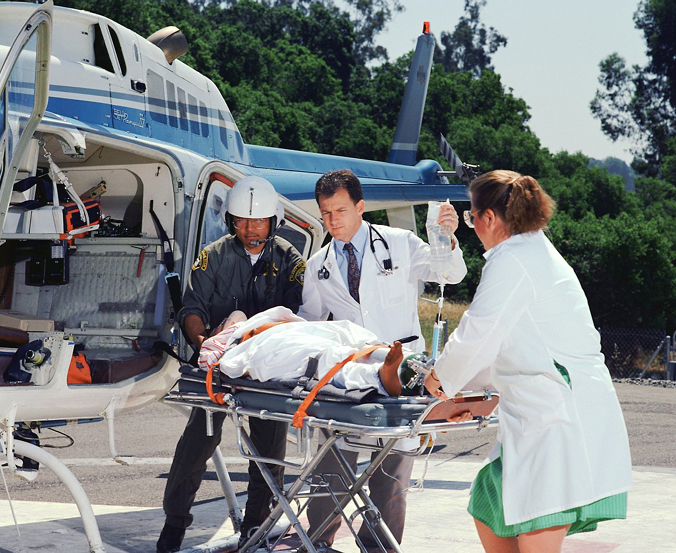1. Get Tech-Savvy
From management software to mannequins, there’s a multitude of technologies available for the modern simulation program. Consider deploying a simulation management solution that will connect all your disparate devices in a single location, expedite your data collection, and streamline your scheduling, reports and analysis, and inventory. Also be sure seek out technology vendors who will support you in meeting your simulation training goals.
2. Debrief With AV
What can AV do to enhance your debrief? Video-assisted debriefing can help facilitators keep track of their simulation schedule, more objectively address a learning objective, and highlight performance observations. And when learners practice technical skill development with audio-video technology, it’s convenient for facilitators to make observations during the live event and later reference them on the video during the debrief.
3. Involve Multiple Disciplines
Team-based, multidisciplinary care starts with interprofessional education. When healthcare learners receive training on how to work effectively as a team across disciplines, they’re primed to collaborate this way in the workplace. Consider options on how to incorporate interprofessional education into your simulation program so your learners receive the training they need to provide patient-centered care as a team.
4. Go Mobile
Mobile and portable simulation technology allows users to record audio and video, bookmark and annotate, and debrief anywhere they conduct their simulation events. Imagine running a simulation scenario right within an urgent care environment like an ER, ambulance, or at the site of an accident. Talk about realism! This flexible, in-situ style of simulation is also a leading choice for institutions that are on a limited budget or may not have a dedicated space to conduct simulation training exercises.
5. Think Outside The Box
Don’t be afraid to get creative. Whether you’re using advanced moulage techniques to enhance the realism of your mannequin-based scenario, taking your learners into the field for an in-situ disaster preparedness training event, or assigning your staff supportive roles within the session, the sky’s the limit to what can be achieved in your simulation training curriculum.
6. Educate Your Team
Faculty development is a must for any simulation program. Simulation facilitators, sim techs, champions, and faculty should embark on a continuing education pathway that keeps them up to date on the latest developments in the field. Encourage your staff to attend national and local conferences for networking and research, sign up for web-based learning, and participate in online forums for discussion, troubleshooting, tips, and hacks. And with more and more universities offering degree and certification programs for simulation, you and your staff can have an extra leg up on simulation teaching, curriculum design, and the essentials of research.
7. Plan For The Future
Ready to take the next step? Before expanding your simulation program, define a clear project scope with desired outcomes. Determine how to best serve your current stakeholders before adding new ones—for example, if your primary simulation environment is in a medical school, make sure you’re meeting the needs of your students before renting your center out to a community partner. Anticipate how future research initiatives will impact your workflow. Streamline processes with careful planning. And don’t forget to innovate!
The healthcare simulation field is rapidly evolving, with new technologies and methodologies being developed every year. But one thing is constant: the urgent need for meaningful learning. Healthcare practitioners of all disciplines must embrace simulation-based training to enhance team-based care delivery, boost communication, and improve patient outcomes. As a simulation champion, you have a unique opportunity to take your simulation program to the next level.
Schedule a free consultation to learn how you can exceed your training goals by deploying a simulation management solution at your institution.
» Contact EMS Today

